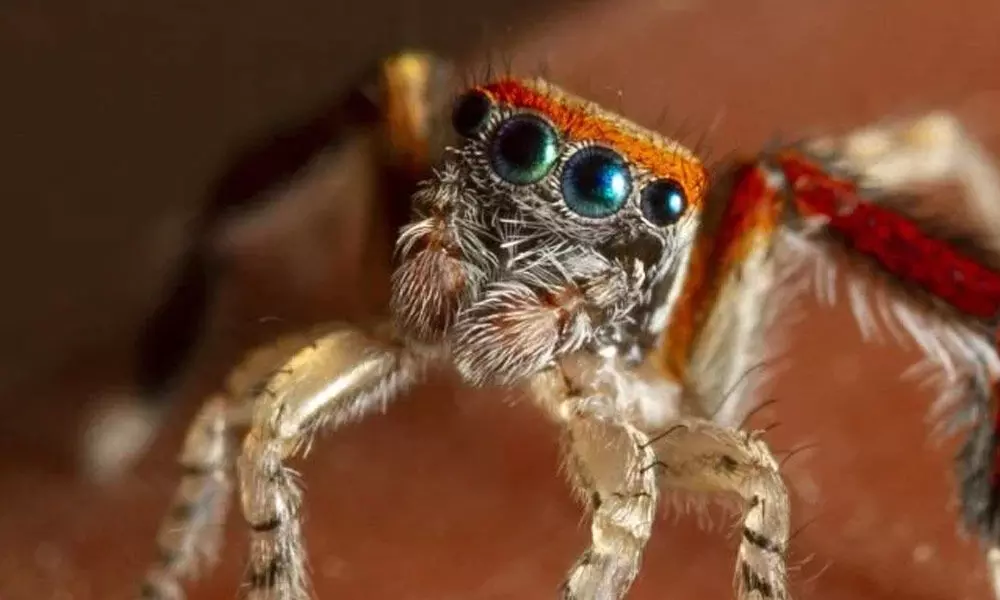Live
- Emotional moment for Cong, nation: Pawan Khera after Priyanka Gandhi takes oath as MP
- Mizoram new Chief Secretary Khilli Ram Meena takes charge
- Explosion Reported At Delhi's Prashant Vihar Sweet Shop: No Casualties Reported
- PCB Stands Firm: Naqvi Rejects Hybrid Model, Demands Equality for Champions Trophy 2025
- Minister Anam Ramanarayana Reddy Highlights Transformations in Tirumala in Coalition Govt
- IITF 2024 closes on high note with over 1 million visitors
- BJP leaders welcome court's notice over ‘temple beneath Ajmer Dargah’ claim
- BJP-led NDA’s resounding assembly election wins to push economic reforms
- Udvegam Review: A Gripping and Illuminating Telugu Courtroom Drama
- 9 fishermen rescued from sea amid rough weather









